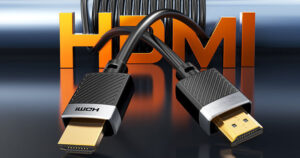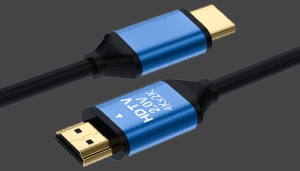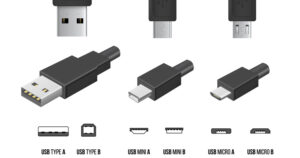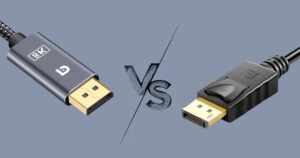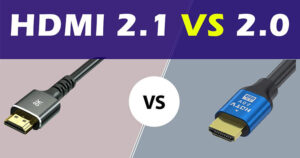
HDMI Cable Length and Signal Quality: What You Need to Know
In the realm of home entertainment and digital connectivity, HDMI (High – Definition Multimedia Interface) cables are the unsung heroes that bridge our devices, delivering crisp visuals and immersive audio. However, a common conundrum that many users face is the impact of HDMI cable length on signal quality. Let’s explore this crucial relationship in detail. The Basics of HDMI Signal Transmission HDMI signals are digital, carrying both video and audio data from a source device (like a Blu – ray player, gaming console, or computer) to a display device (such as a TV or monitor). These signals travel as electrical impulses through the cable. But


